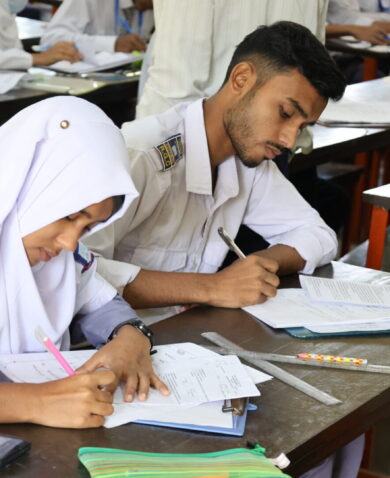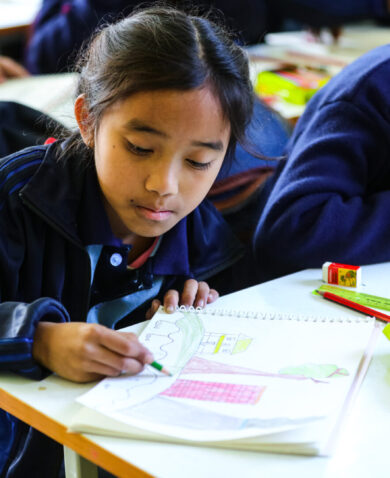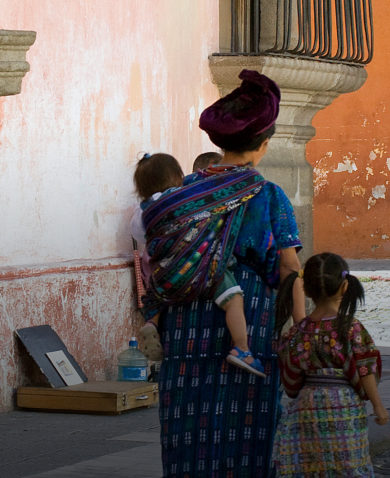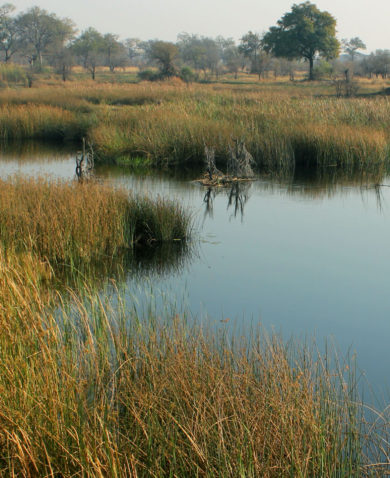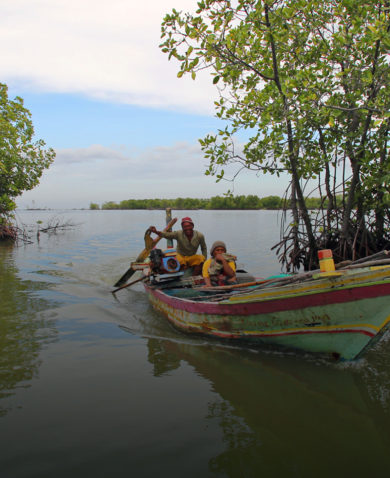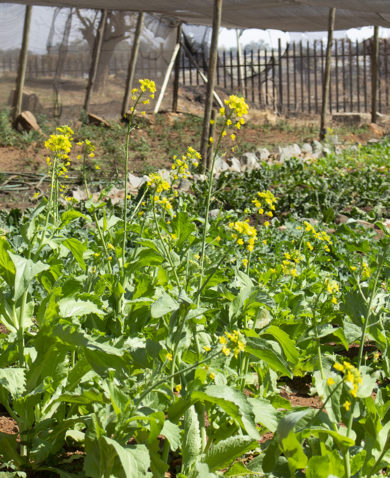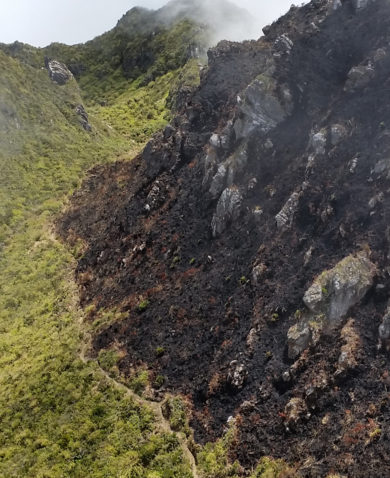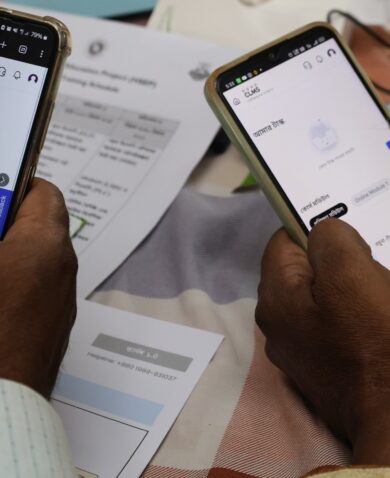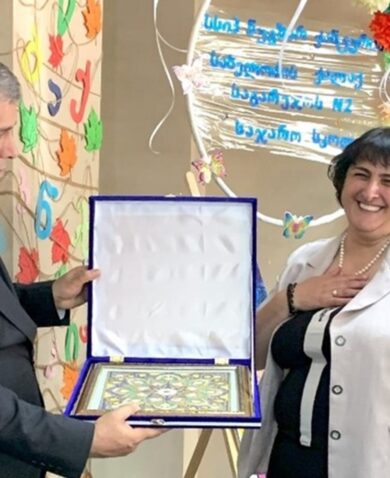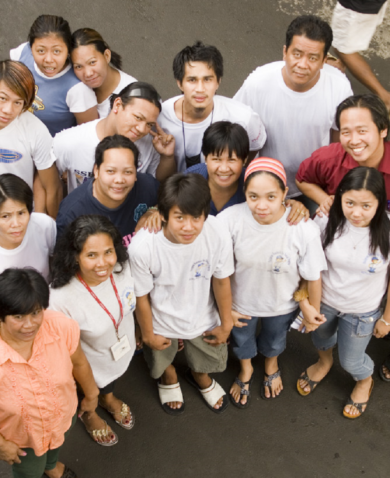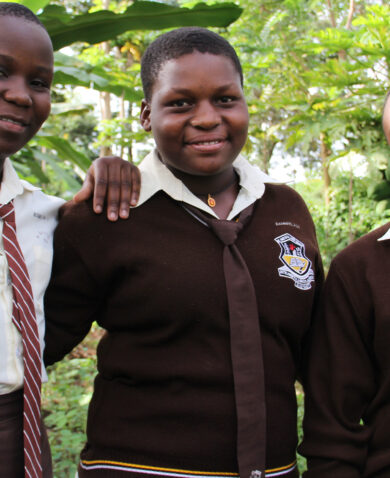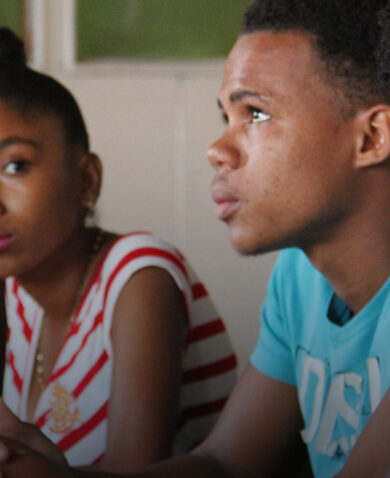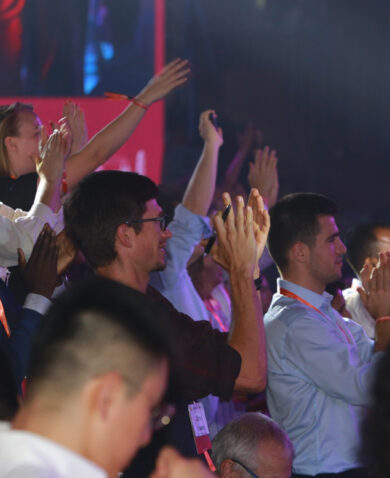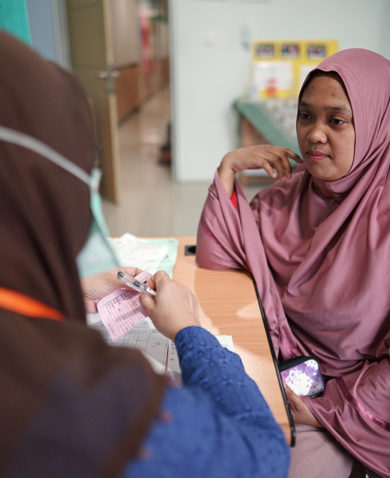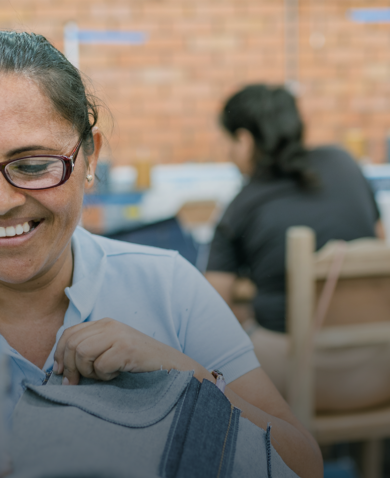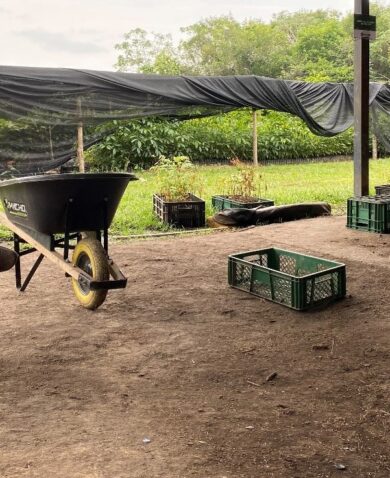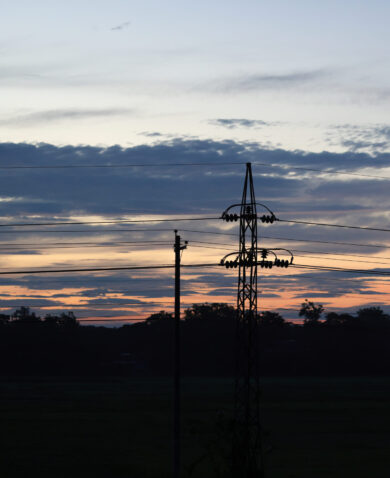
Enabling the Changemakers: Youth in a Just, Green Transition
August 12, 2022 | 5 Minute ReadChemonics and Unbounded Associates launch new research and resources on centering youth in green workforce development initiatives.
On this International Youth Day, and every day, young people are speaking out about the urgency of addressing the climate and biodiversity crises facing the world today and they are rising as changemakers to drive and accelerate action. As a society, we must transform the way we live and the way we interact with nature to realize a low-carbon, resource efficient, and socially inclusive future. As countries undergo complex transitions to greener economies, the global development community is positioned to help ensure that these transitions proactively engage young people and respond to their diverse needs. Heeding this year’s call for #IntergenerationalSolidarity, Chemonics and Unbounded Associates collaborated with youth around the world to produce a new set of actionable guidance documents to help international development organizations (IDOs) more effectively develop youth-centered and youth-responsive green workforce development initiatives.
Chemonics and Unbounded Associates first connected at a small business association matchmaking event over shared technical interests and expertise in improving the lives of youth and communities impacted by climate change. Together, we conducted research to develop youth-informed resources with guidance for centering youth as leaders and change agents in green and greening sectors. The research team gathered recommendations from global youth climate and environment experts by leveraging OnFrontiers, an online platform that helps companies access on-demand technical expertise and advisory services. In doing so, findings were collected from 16 youth leaders from Latin America and the Caribbean, Southeast Asia, Sub-Saharan Africa, and North America and from an in-depth literature review. We also tapped our own technical experts, as well as youth beneficiaries and partners of Chemonics’ projects across a variety of subsectors.
Resources for Centering Youth in Green Workforce Development
Through this collaboration and based on the needs and aspirations of the young people we interviewed and researched, we developed the following guidance documents for IDOs:
- Action Guide – This Guide addresses two very important issues: the climate crisis and youth unemployment. The Action Guide is a tool for IDOs to help provide actionable pathways to integrate skills for green life and green jobs into programming across sectors. Underpinning the guidance is the intention to support a just, green transition – one that does not leave young people behind, especially young women, Indigenous youth, and other historically marginalized young people. We prioritized youth voices, particularly those from the Global South, to highlight their valuable, but often overlooked, contributions to climate action and the greening economy. In the Guide we also emphasized the need to meaningfully engage and support Indigenous Peoples’ environmental and climate initiatives. The Guide offers information on projected green job opportunities in climate-smart agriculture (CSA), natural climate solutions (NCS), and youth entrepreneurship. We also share recommendations for combatting normative and structural barriers that limit green job opportunities and participation, and ways to support youth in a green transition. This Action Guide is a starting point for IDOs to center young people in green programming and sectors and to respond to their needs.
- Analysis of Global Youth-Led Climate Initiatives: Summary of Findings – In examining 50 youth-led climate initiatives, this analysis depicts the current state of global youth-led climate action and insights to support the development of youth-focused green workforce development programming, blending advocacy and action. We uncover striking characteristics of these initiatives, which reveal gaps in youth-led and youth-focused programming, salient skills for youth participation, and enabling factors for successful youth-led initiatives. Ultimately, advocacy and communication, climate literacy, and leadership were among the top skills youth-led climate initiatives focused on developing in their activities and content. IDOs can integrate these competencies into future green workforce initiatives to expand areas of focus beyond conventional technical or vocational skills. Additionally, while youth-initiated climate organizations and networks were less likely to receive financial support from institutions than adult-launched, youth-empowered ones, they were more likely to be crowd-sourced and reliant on youth mobilization. Youth-initiated movements are more backed by and connected to people on the ground – momentum that IDOs should be responsive to and empower in their effort to support a just, green transition. Youth climate activists should be intentionally engaged to provide insight on climate-related programming.
- Case Studies – Three sector-specific case studies cover exemplary CSA, NCS, and youth green entrepreneurship activities associated with USAID-funded projects implemented by Chemonics. The CSA case study spotlights the Feed the Future Uganda Youth Leadership for Agriculture Activity, as we share private sector partner Byeffe Foods Company’s market systems approach to supporting local youth agri-preneurs and the cascading benefits on green youth employment. The second case study highlights the Natural Wealth Program in Colombia, exploring the commitment of two local youth-led organizations to educate their peers and communities on nature-based solutions to support climate action and sustainability efforts. Finally, the case study on the Small and Medium Enterprise Activity in Pakistan provides insight on youth entrepreneurship through Challenge Fund grants designed to bridge the financing gap and stimulate the country’s green economy. These case studies provide successful examples of centering youth in a just, green transition, which may be adapted to other local contexts.
Call to Action
Our research revealed that directly engaging with, prioritizing, and responding to the articulated needs and aspirations of young people is critical for localization, for a just, green transition, and to enable effective, intergenerational solutions to confront the climate crisis.
Specifically, here is what youth are asking of the international development community:
 Start with and adapt to youth needs and perspectives. Center youth experiences through enduring partnerships and throughout the lifecycle of the project.
Start with and adapt to youth needs and perspectives. Center youth experiences through enduring partnerships and throughout the lifecycle of the project.
 Incorporate climate-specific technical knowledge and transferable, transformative skills into green workforce initiatives. These competencies are universally important in successful youth-led climate initiatives.
Incorporate climate-specific technical knowledge and transferable, transformative skills into green workforce initiatives. These competencies are universally important in successful youth-led climate initiatives.
 Actively collaborate and partner for long-term success. Meaningfully engage local actors – especially indigenous and other underrepresented groups – to provide valuable contextual information, implement activities, and ensure sustainability of intended outcomes.
Actively collaborate and partner for long-term success. Meaningfully engage local actors – especially indigenous and other underrepresented groups – to provide valuable contextual information, implement activities, and ensure sustainability of intended outcomes.
 Prioritize environmental sustainability, justice, and inclusion from project onset. Robust plans must be in place for monitoring, evaluation, research, and learning (MERL) in these areas. MERL efforts, as well as project teams, should be comprised of local stakeholders, notably youth.
Prioritize environmental sustainability, justice, and inclusion from project onset. Robust plans must be in place for monitoring, evaluation, research, and learning (MERL) in these areas. MERL efforts, as well as project teams, should be comprised of local stakeholders, notably youth.
 Fund youth and youth-led organizations more directly. This begins with co-creating financial mechanisms that enable youth to directly access funds to advance their own climate solutions and initiatives.
Fund youth and youth-led organizations more directly. This begins with co-creating financial mechanisms that enable youth to directly access funds to advance their own climate solutions and initiatives.
Check out this resources page to access the detailed research and guidance on supporting young people in a just, green transition.
Banner image caption: Two young women holding paper birds are part of a performance portraying life inside a forest, in front of the audience attending the launch event of the USAID Ecosystems/Protibesh Activity. The photo was taken by Md. Moazzem Mostakim.
This blog was written by youth authors, furthering our commitment to more inclusive development that promotes meaningful participation from youth and other underrepresented groups. Posts on the blog represent the views of the authors and do not necessarily represent the views of Chemonics.



